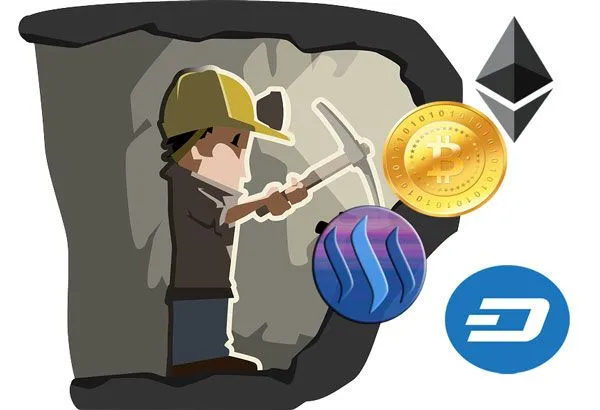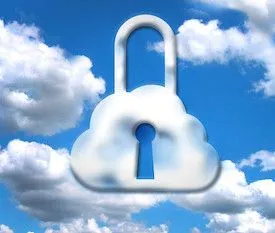
Crypto-currency Mining Checklist
The Hash Rate
You're still reading, so you must be considering "mining" some form of crypto-currency or at the very least want to learn more about crypto-currency mining. Since there are many different types of 'coins' to mine and different methods of mining, for simplicity's sake, I will just stick to Bitcoin mining via cloud mining at Genesis-mining.
One of the easier things to understand before embarking on a crypto-currency mining endeavor is the network hash rate. In the case of Bitcoin, it simply means how much computational power is actually on the network processing hashes or more commonly known as 'mining.' The more Hashing Power a computer has, the more hashes or crypto-graphic algorithms it can process which eventually leads to the mining of a Block which contains Bitcoin user transactions. Think of a Block as the ledger booklet that is usually next to your personal or business checkbook. All the checks and voids in the checkbook ledger are like user transactions on the Bitcoin network that get written in the Block, and when the right miner finds the hash that matches, that block get written in the Bitcoin network Blockchain. Then the process of finding the next Block with Bitcoin user transaction continues. Each time a Block is found by a miner or a group of miners, they are rewarded in Bitcoin. Currently the reward stands at 12.5 Bitcoins plus the user transactions fees paid when sending Bitcoin. In several that reward will shrink again to 6.25 plus user transaction fees, several later in half plus user fees until the final 5 Million or so Bitcoin left are found. Bitcoin Blocks, by Bitcoin Network Software design, are meant to be found on average of every 10 minutes for the life of Bitcoin mining. When there are no more blocks to find, the miners, or rather super duper Quantum Photon Bitcoin Nano Absolute Zero Servers will be processing the Trillions of Bitcoin Micro-transactions, earning those fees in order to keep processing Blocks.

The reason the hash rate is important to consider when Bitcoin mining is because it gives you an idea of how many other 'Mining' competitors there are out there. Think of 10 mouths around a pizza pie, and then think of 100 mouths around that same pizza. Every time a Bitcoin miner starts mining, that is like another mouth around that same pizza. I usually go to Blockchain.info's Hash rate chart. It gives me a general idea of where the network is headed in terms of increased miners which means less returns unless you add more hashing power to keep up. It can become a never ending cycle until either your machine/s becomes obsolete, you continuously upgrade Bitcoin mining equipment or you put your mining hardware to work on another compatible crypto-currency.
Another thing to consider is staying abreast of new technology and their release dates. If you are planning to mine a certain crypto-currency but 2 days later some giant mining farm is about to go online, you might be better served mining a different coin since the returns you had calculated did not take this into account, and now a profit or a return to break even might not be possible with this new addition of hashing power.
Operating Costs
A major factor to consider prior to starting your own Bitcoin Mining Farm is recurring cost of operating. I include the one time device cost, electricity cost, maintenance and location expenses all under Operating Cost. Bitmain, based out of China, sells great hardware for mining if you are serious about owning your own. Here is a link to a 'mining calculator' which helps calculate profitability based on the amount of hashing power, electricity costs and other factors.

With cloud mining, you forego worrying about an electric bill, noise, heat, maintenance and hardware support issues as well. Genesis-Mining does charge a daily maintenance fee in order to cover these costs and deal with the headaches. The fee can be input into the mining calculator instead of electricity cost in order to help figure out if it is worth doing Cloud Mining.
Stay tuned for Part II of the Crypto-currency Mining Checklist.
Full Steem Ahead!
06/21/2017
@streetstyle

So You Want To Mine Bitcoin

Code rT5ix8 =3% off + Bonus in STEEM!
I provide the bonus STEEM
Image source:
Pic 2
Pic 3 flickr